How to Declutter When Your Family Isn’t Into It!
If you're the only one interested in decluttering your home, it can totally feel like you're taking one step forward and two steps back…SO frustrating!! I've been asked how to get my family to declutter soooo many times, and I've never tackled it until now because, well, it's a tough one! But we're jumping in today! Watch the video here or keep reading for my best tips for decluttering when your family isn't on board.

There are really two types of people who might be in your home– other adults and children. How we deal with them is very different, but we'll start with other adults. This could be a spouse, roommate, or an adult child who is still living in your home.
How to Declutter with Adults
First, know that you cannot control other people. You just can't. And trying to control someone else is a sure way to strain your relationship with that person! We don't want that. People are very different, and that is perfectly okay. What's important to one person might not be imoprtant to another. So expecting to just chat with someone and have their goals and priorities shift just because you asked them to isn't very realistic.
I'm pretty lucky that my husband is at least slightly interested in decluttering, and he does like to have a tidy home. But we're definitely not on the same level of obsession with decluttering, LOL! But that's okay– he is interested in things I'm not as well.
He loves cycling. He has several bikes, buys specific outfits and gear, has food and energy things…and I just really don't know what all goes into it, LOL! I do like the spin bike we have, but I have absolutely zero desire to get on a real bike outside. I would almost certainly fall over, LOL! Still, I care about him, so I'll listen to him talk about it, and I'm happy to look after the kids while he goes out on his hours long bike ride with his cycling friends on a Saturday.
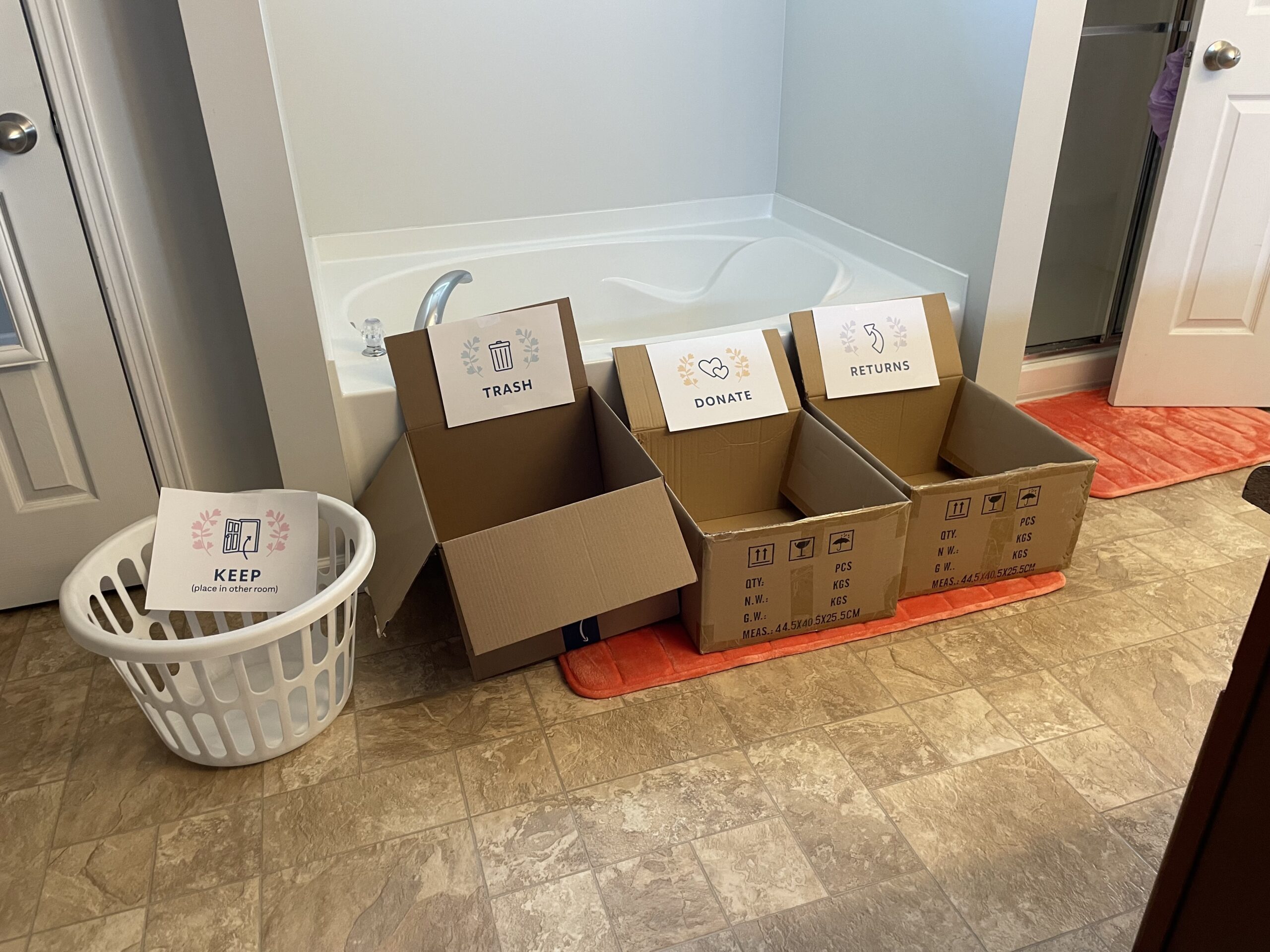
1. Have a conversation.
If you have a good relationship with the other adult, I think you could expect a similar level of interest from them if you sit down and have a chat. People can't read minds. So if you're going from a fairly messy house and hoping to create more order, you need to explain this to your partner or other adult. You should try to communicate what your plans and hopes are, but try to avoid having too many expectations of them.
It's also helpful to let them know specific ways in which they can (realistically!!) help you. Maybe they could watch the kids or offer moral support. But they might not be ready to take an entire Saturday to help you clean out the garage. If they do help, be grateful for it, even if they really aren't into it. If they're not interested, then they're doing it to make you happy, and that is totally okay and should be appreciated.
2. Try to understand differences.
People have very different levels of what feels refreshing and “clutter free.” Personally, I LOVE clear surfaces. Give me a kitchen counter without anything on it, please! But to others, this might look too sterile and not “homey” enough. Piles of anything, even organized piles, drive me CRAZY! I immediately want to file it away in a file cabinet. But some people thrive with piles. People are just different, and it doesn't make one way better than the other. If you're living with someone, you both deserve to have a home that makes you happy, so you need to respect differences and figure out a compromise so you can both have a home that brings you peace.

3. Declutter your own stuff first.
It can be oh so tempting to look at your partner's clutter and see all the stuff that needs to go. You're detached from their stuff, and you don't have an emotional response to others' things like you do your own. But this is definitely a case where you need to lead by example. Focus first on what you can do with your own things, and NEVER secretly declutter someone else's things without asking first. This will completely erode trust, and it's just disrespectful and not nice!
Also, it's not magic, but decluttering is contagious. I can't tell you how many times my husband has started cleaning out his closet, and since the Goodwill bin is there, I will toss my own things in and vice versa. Once things start looking cleaner/neater, most people are naturally happy about that, and they start to pitch in, even if it's just on small things. Try to show an example, and you'll often inspire your partner to do the same without ever having to say a word.
Stay positive!! This helps both you and everyone else. It makes it seem less like a drudge for you. If your family sees you dreading every moment of decluttering, they're not likely to want to join you. But if they see the relief and the joy that organization is bringing you, it's much more likely to spark interest in them.
4. Help them in a respectful manner.
I've already said to never declutter someone else's things without asking, but let's just repeat that so we're all clear, LOL! That said, there are small ways that you can help another adult declutter without annoying them too much.
Try holding up one article of clothing (yes, just one!) per day and saying, “I haven't seen you wear this in a long time. Should I put it in with the rest of the donations?” or something like that. Then accept their answer with NO ARGUMENTS! Stay positive, and keep it small. Do not ask them to do a 2 hour closet declutter with you. We're taking baby steps here. Keep the interaction positive, even if they won't let the item go. Try again the next day with one different thing. Once the closet is done, move on to another category, but stick to asking about just one thing per day.
How to Declutter with Kids
Kids require a different approach. Obviously, the younger the child, the more you will do for them. But it's always a good idea to involve them in the process at an age-appropriate level.
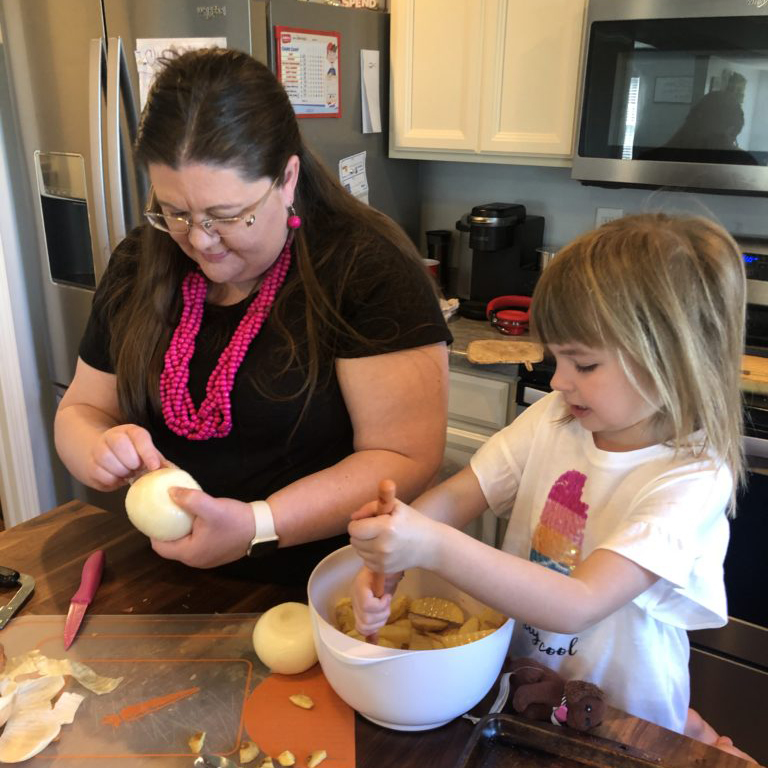
1. Help them create good habits when they're young.
When they're really small, you can have them do things like put something in a bin. They usually can't make decisions about what to get rid of, but they can help sort. If they're a little older, you can ask them about a few things but not everything. If you ask them about everything, they'll want to keep every single thing.
You can also try toy rotations where you switch toys in and out. Studies show that having fewer toys creates more imaginative and more meaningful play in children. Adults thrive with this too! Too many options creates overwhelm. We also try to stick with more multi-purpose toys at our house. For example, the kids can use magnet tiles to build towers, garages for their toy cars, or really anything.
2. Don't do everything for your older kids.
If you go in and declutter without telling them about it first, it's like tricking them, and it will create trust issues. Kids deserve respect as well. Also, it helps to know your child. One of my kids wants to hold onto everything, and the other is ready to let go much more easily.
The important thing to remember when you're ready to pull your hair out, though, is that you're not just trying to create a neat and tidy home for your family. You're also teaching your children life skills that they will take with them and use in their own homes once they're grown. This gives a huge sense of purpose and helps me muster up some extra patience when things get really rough.
One thing I tried with my daughter (age 8 at the time) was to tell her I was going to go into her room that day and pull out things I thought she was no longer interested in. I would put them in bins in the garage, and if she wanted something later, she could go get it. Her room was super neat and tidy when she got home from school, and she really did love that. Now she did end up going and getting some stuff, but she didn't bring it all back in. She also complained about having to go to the garage LOL, but I think that also helped her not bring as much back in! This method was kind of a compromise. Was it as perfect as I would have wanted it to be? No. But it really did make an improvement.
3. Use the container principle.
Almost any age can benefit from this, but it works especially well with kids because it's a visual boundary. For example, if you have a bin for toys from birthday parties or kids fast food meals, etc., then they can keep as many as will fit in the bin or container. Once it's overflowing, they either can't keep any more, or they need to trade something out so the new item will fit. This sets a clear limit but still gives them the freedom to keep things. It also gives them decision-making power.
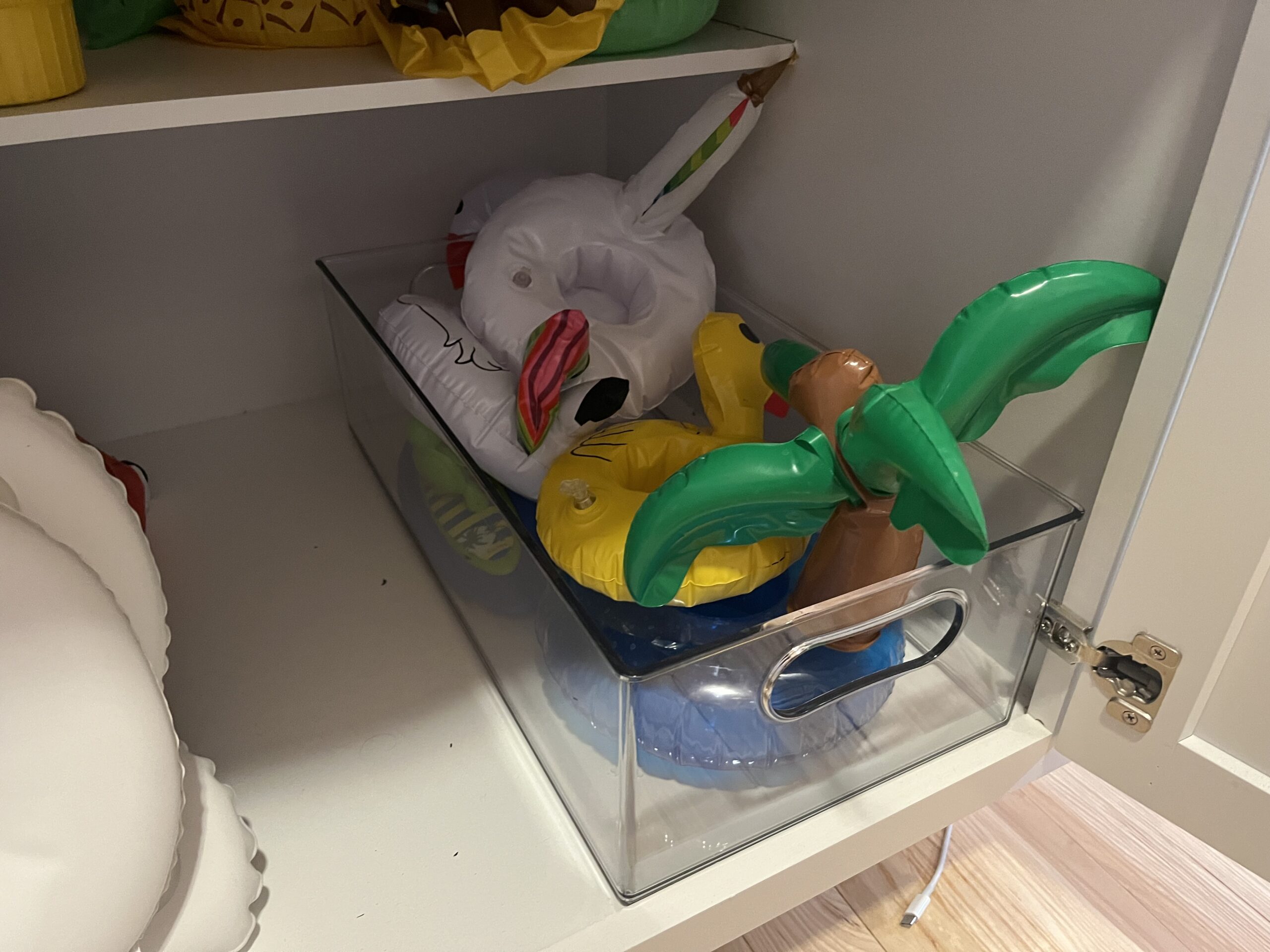
4. Accept differences.
Just like with adults, children will all be different. My two kids are different from each other in how much clutter they like. And they're definitely different from me, LOL! Given my choice, I would have absolutely nothing on my dresser. It would be a totally clear surface. But my kids aren't like that. Having some of their things on their dresser makes them happy. So we compromise. They can have stuff neatly arranged on their dresser, but they can't have stuff piled on the floor where it might actually be a tripping hazard. If you have good reasons for your boundaries and reasonable expectations, your kids are much more likely to accept it without too much fuss!
Hopefully these tips will help you if your family members are resistant to decluttering. Relationships are so important in our lives, so we have to tread carefully when we're upsetting the normal routine in our homes. Every family member deserves to be heard, understood, and respected. Treating each other how we'd like to be treated ourselves and showing empathy will go a LONG way in getting your family in the regular habit of decluttering. Let me know in the comments if you have any other tips or ideas for getting a reluctant family member involved in decluttering!
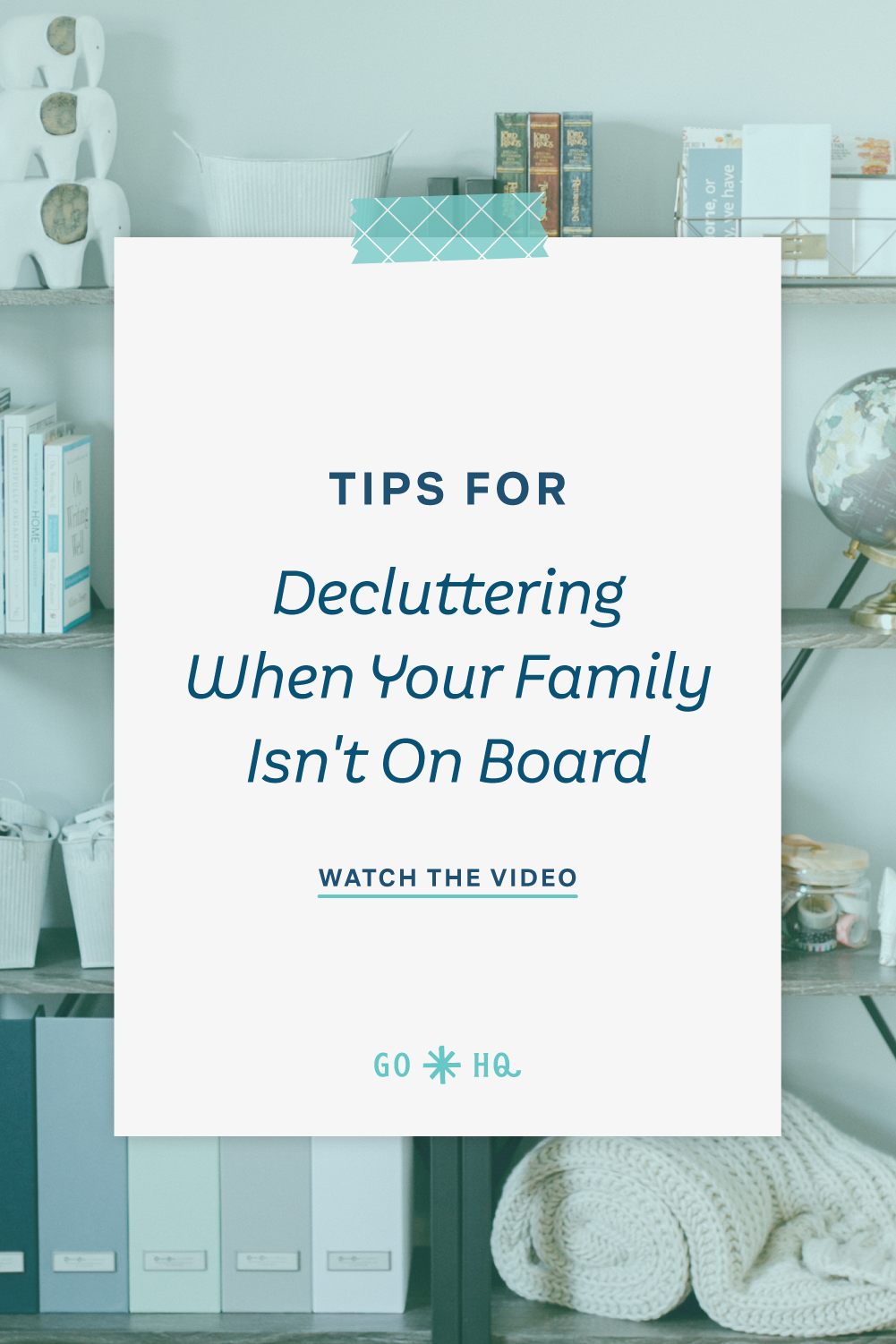
Organization that actually sticks for busy, happy lives


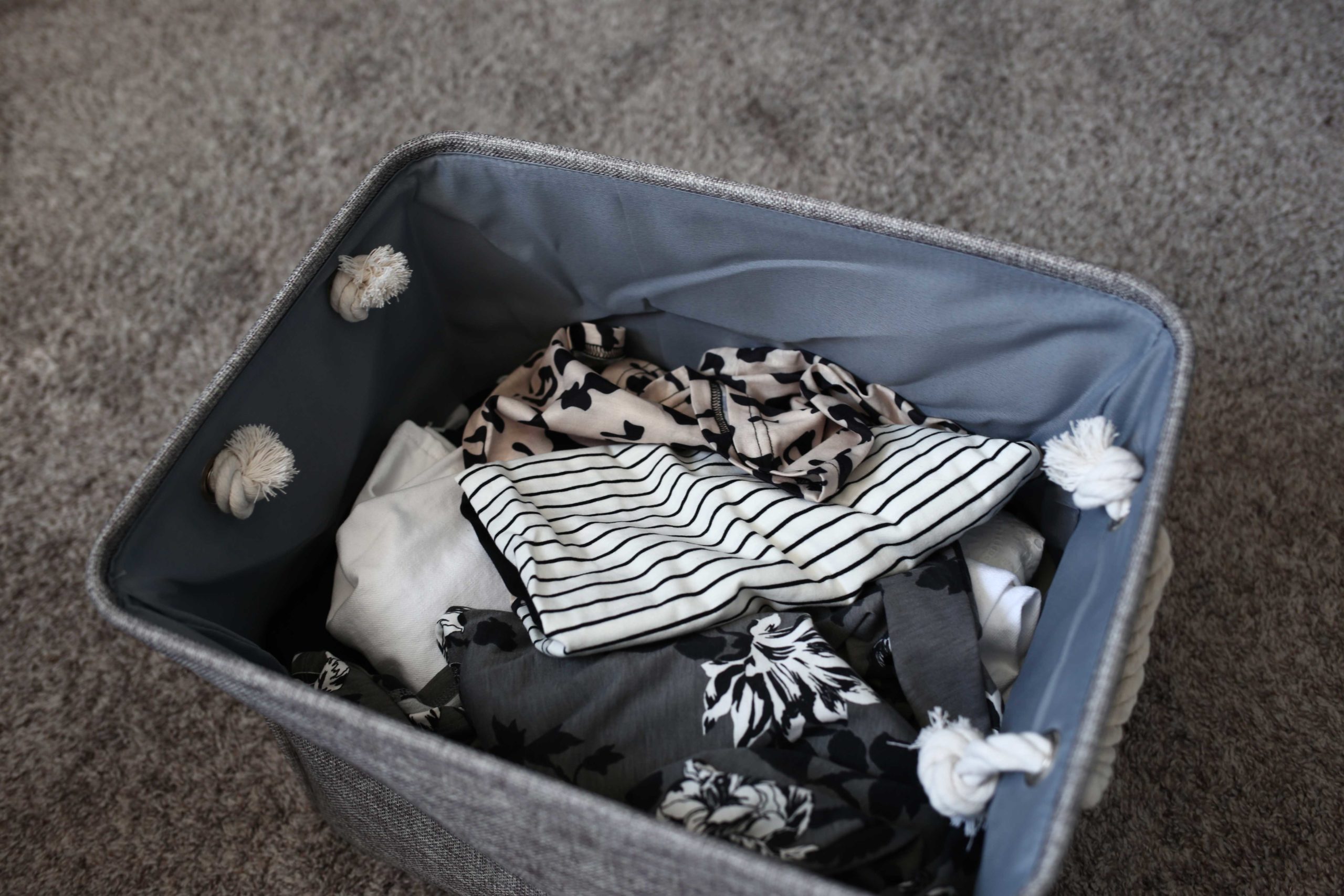
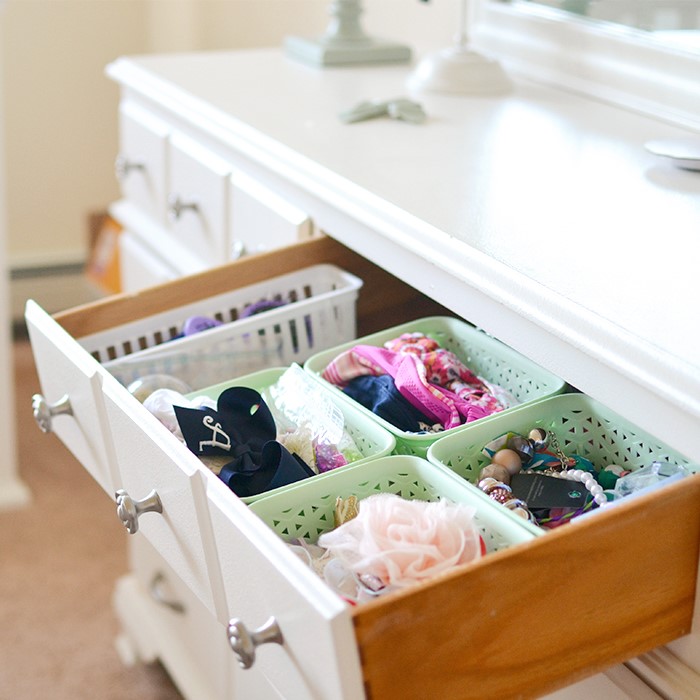

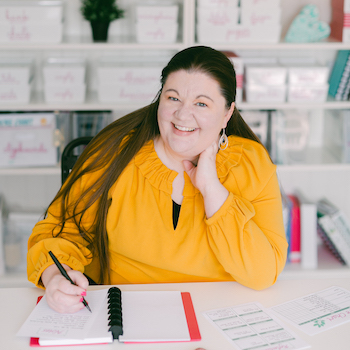

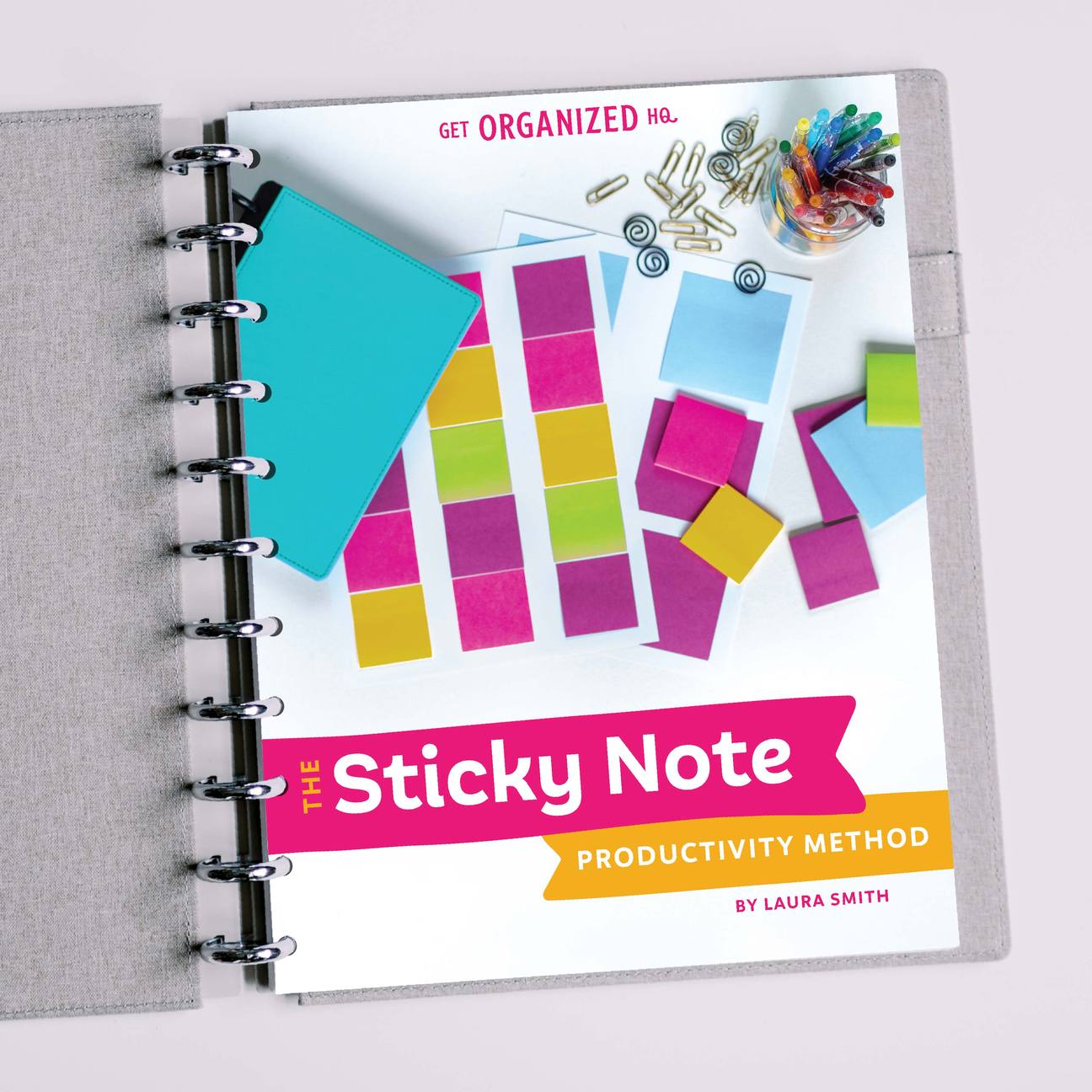


 Copyright 2025, Get Organized HQ.
Copyright 2025, Get Organized HQ.
Patricia Weldon Says
I need help with all the above. The last year I don’t seem to have the motivation or energy. I’m struggling where to start.